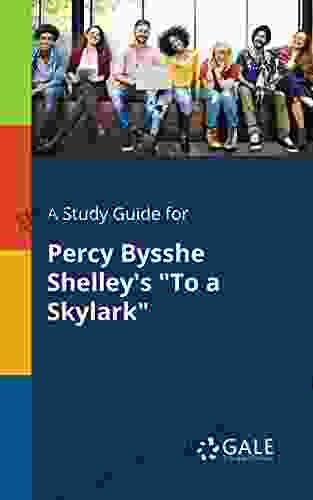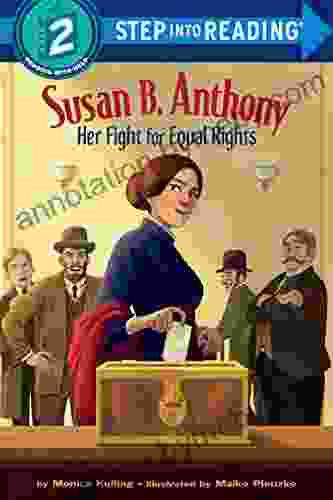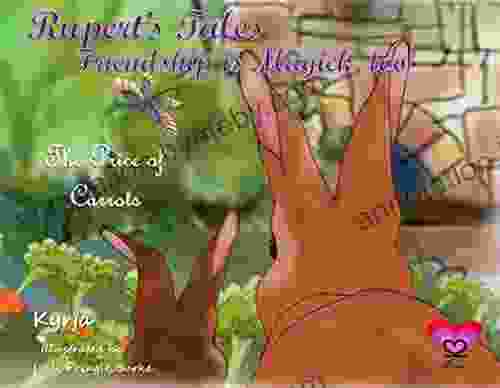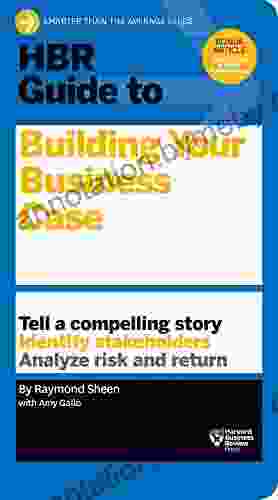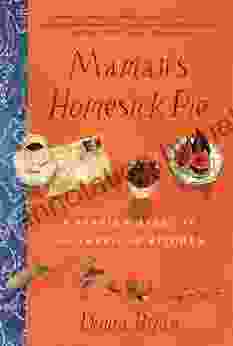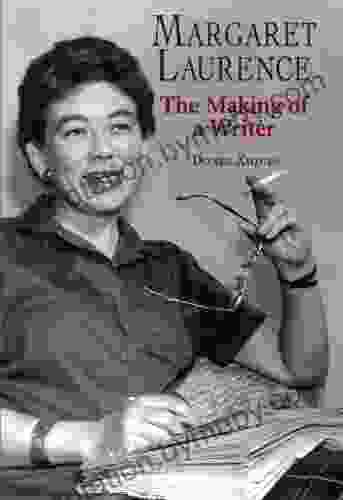
Percy Bysshe Shelley's "To a Skylark" is a timeless masterpiece of English poetry. Its soaring imagery, melodic language, and philosophical depth have captivated readers for centuries.
4 out of 5
| Language | : | English |
| File size | : | 543 KB |
| Text-to-Speech | : | Enabled |
| Screen Reader | : | Supported |
| Enhanced typesetting | : | Enabled |
| Word Wise | : | Enabled |
| Print length | : | 21 pages |
Our comprehensive Study Guide for Percy Bysshe Shelley's "To a Skylark" will provide you with the tools and insights you need to fully appreciate this iconic poem.
This guide includes:
- An in-depth analysis of the poem's structure, language, and themes
- A close reading of each stanza
- Explorations of the poem's historical and literary context
- Suggested essays and discussion questions
Whether you're a student, teacher, or simply a lover of poetry, our Study Guide for Percy Bysshe Shelley's "To a Skylark" will enhance your understanding and appreciation of this extraordinary work of art.
Contents
- Analysis
- Context
- Essays and Discussion Questions
"To a Skylark" is one of Shelley's most famous and celebrated poems. It was written in 1820, during a period of great personal and political upheaval for the poet.
The poem is addressed to a skylark, a bird that Shelley admired for its beauty, freedom, and ability to soar high above the earth.
In "To a Skylark," Shelley explores themes of nature, beauty, and the human condition. He uses vivid imagery and rich language to create a sense of wonder and awe.
Analysis
"To a Skylark" is a complex and multi-layered poem. It is written in a variety of poetic forms, including iambic pentameter, trochaic octameter, and anapestic trimeter.
The poem is divided into 19 stanzas, each of which explores a different aspect of the skylark's flight and song.
In the first stanza, Shelley describes the skylark's "unbodied joy" and its ability to "soar above the summer showers."
In the second stanza, Shelley compares the skylark to a "blithe spirit" and a "rainbow cloud."
In the third stanza, Shelley describes the skylark's song as "a hymn to nature" and "a fountain of melody."
In the fourth stanza, Shelley asks the skylark "what thou art" and "from what unseen world" it comes.
In the fifth stanza, Shelley compares the skylark to a "winged wanderer" and a "pilgrim of the sky."
In the sixth stanza, Shelley describes the skylark's song as "a rain of melody" and "a bubbling fountain."
In the seventh stanza, Shelley compares the skylark to a "seraph" and a "spirit of joy."
In the eighth stanza, Shelley describes the skylark's song as "a stream of music" and "a cataract of sound."
In the ninth stanza, Shelley asks the skylark "when will thy song be done?"
In the tenth stanza, Shelley describes the skylark's song as "a veil of sound" and "a roof of melody."
In the eleventh stanza, Shelley compares the skylark to a "Poet hidden in the light of thought."
In the twelfth stanza, Shelley describes the skylark's song as "a melody of soul" and "a music of heaven."
In the thirteenth stanza, Shelley asks the skylark "where liest thou?"
In the fourteenth stanza, Shelley describes the skylark's nest as "a little dome of leaves" and "a bower of green."
In the fifteenth stanza, Shelley describes the skylark's young as "happy fledglings" and "children of the sky."
In the sixteenth stanza, Shelley describes the skylark's song as "a chorus of voices" and "a symphony of sound."
In the seventeenth stanza, Shelley asks the skylark "what



